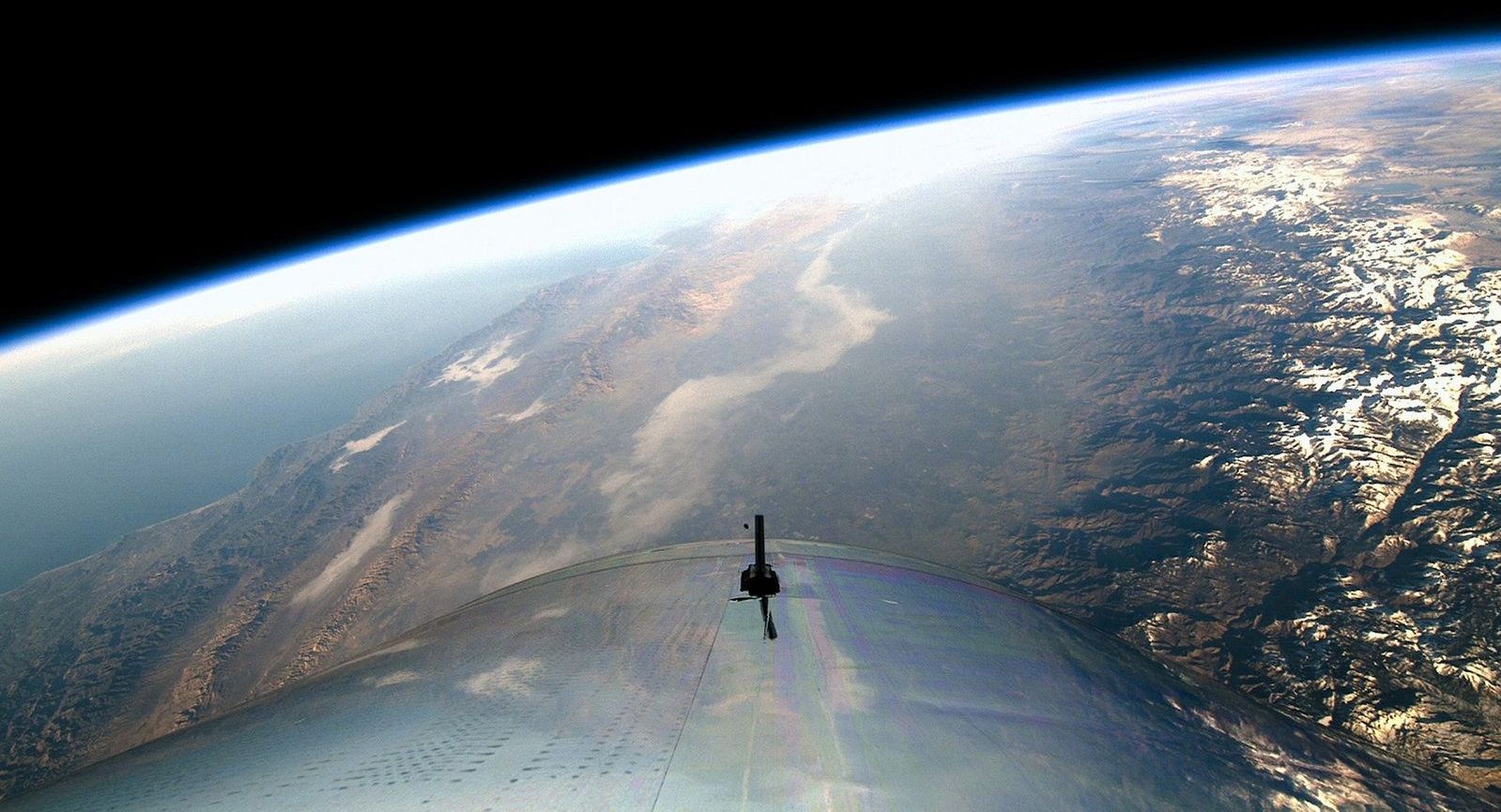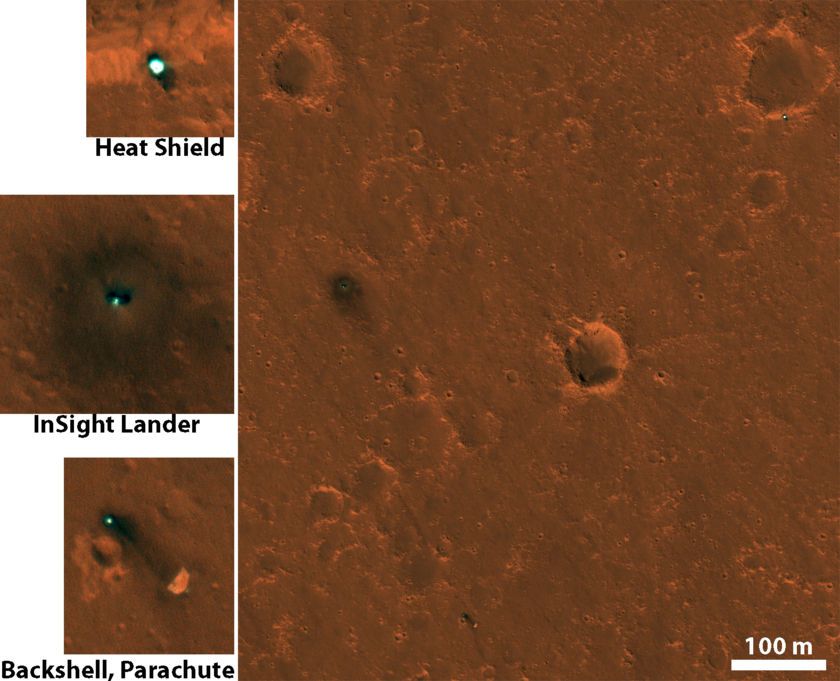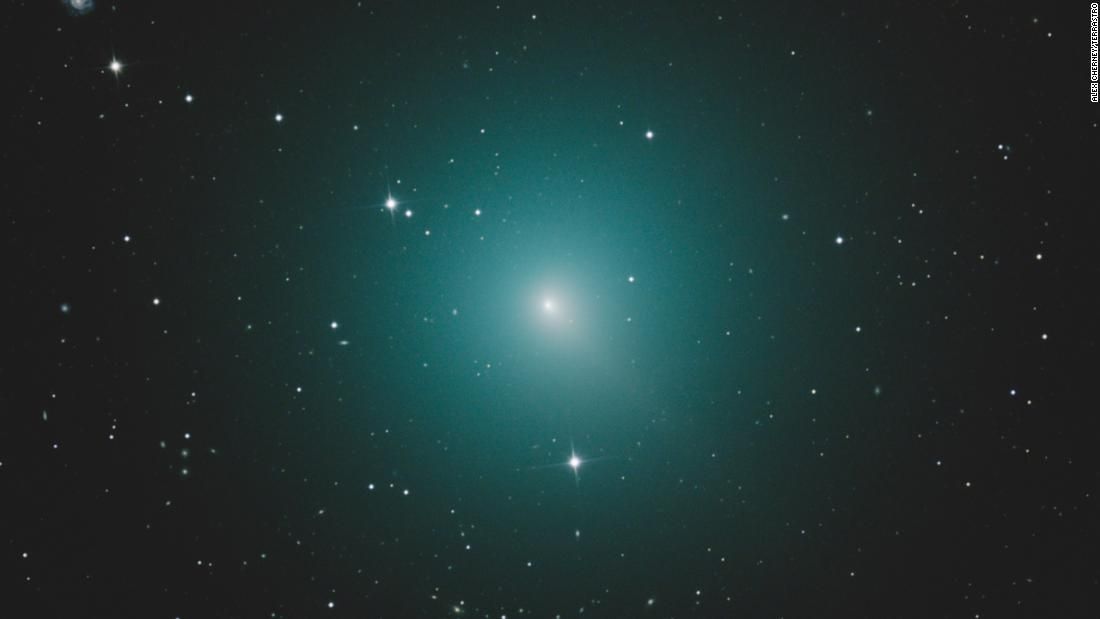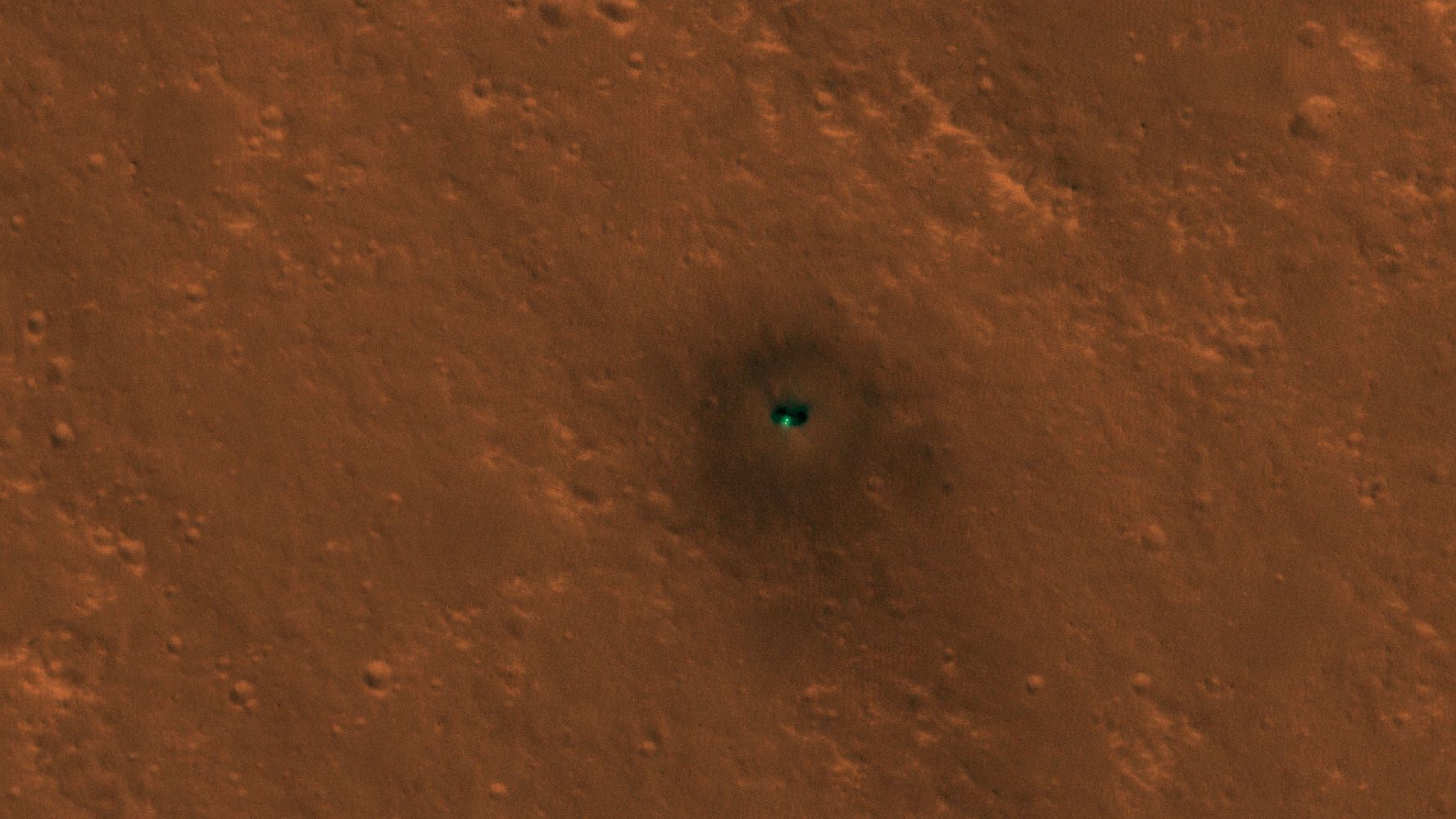Virgin Galactic just brought human spaceflight back to American soil after a seven-year hiatus, and other private companies are poised to make some giant leaps of their own.
Virgin’s VSS Unity suborbital spaceliner soared to a maximum altitude of 51.4 miles (82.7 kilometers) during a rocket-powered test flight over California’s Mojave Desert yesterday (Dec. 13).
The milestone marked the first U.S.-based crewed trip to the final frontier since NASA grounded its space shuttle fleet in July 2011. And it was the first spaceflight ever by a private vehicle designed to carry commercial passengers. (By one measure, anyway: Though many people place the boundary of outer space 62 miles, or 100 km, up at the “Karman Line,” the U.S. Air Force awards astronaut wings to personnel who reach an altitude of 50 miles, or 80 km.) [In Photos: Virgin Galactic’s SpaceShipTwo Unity Soars to Space].








